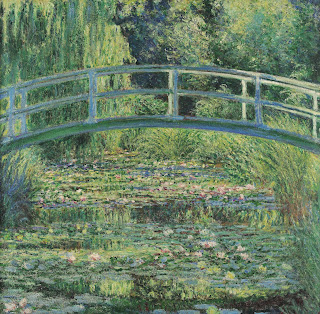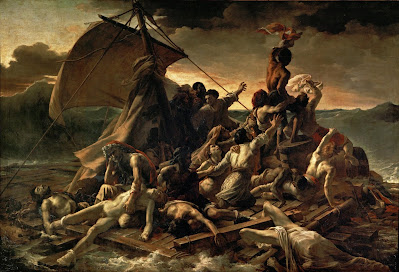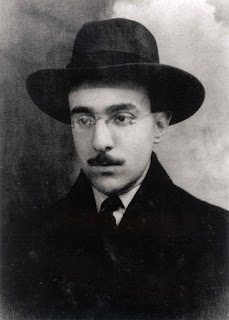Art, temporality and the "motions of the mind": My essay published in Blue Labyrinths

It is a commonplace to claim that art imitates life. If so, art, in performing this mimesis, should respond also to our obsession and concern with temporality (time as experienced, not as measured, or human time as opposed to what the metaphysicians claim). How does art participate in this alchemy of smelting clock time into felt time? Read essay at Blue Labyrinths .





